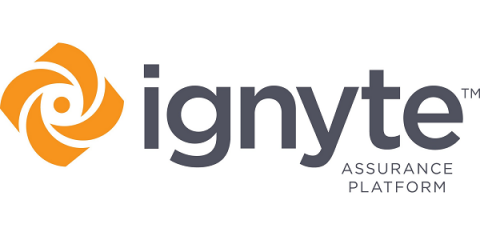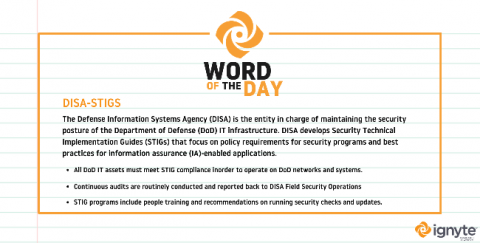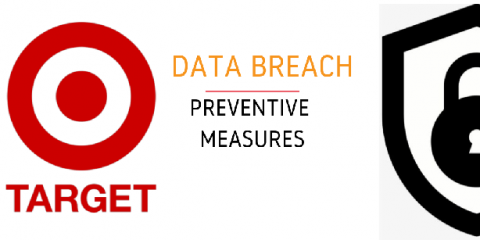What is Supply Chain Compliance?
Most companies sit in the middle of a supply chain. You provide a service or product to your customers, but you also use third-parties who enable your business operations. To secure data, you need to engage in increasingly stringent due diligence to mitigate supply chain risk.







